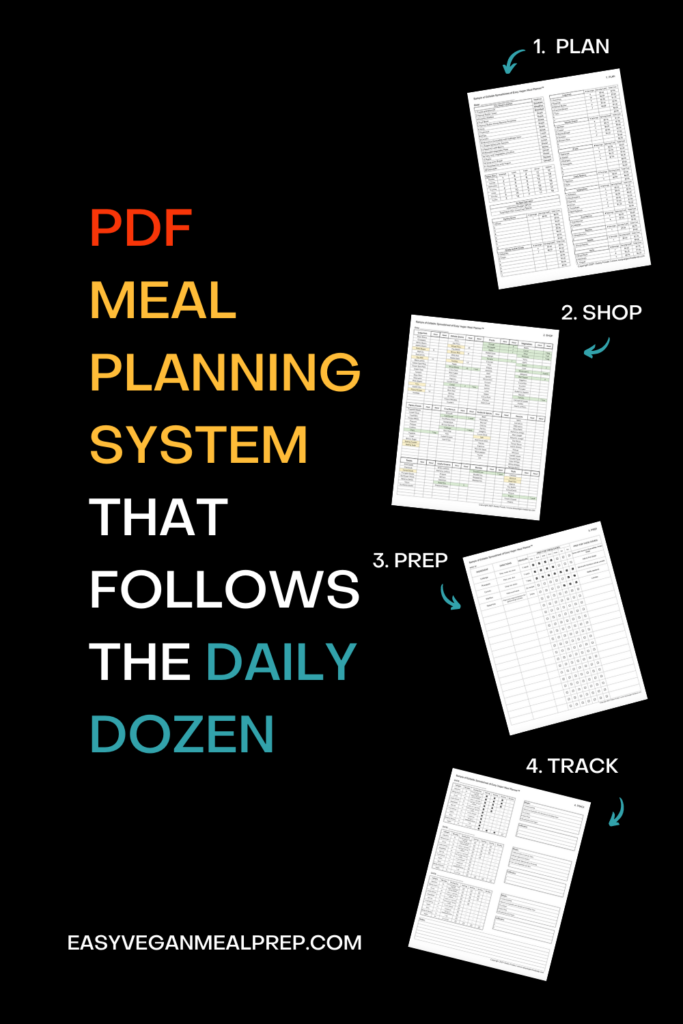Dr. Michael Greger has narrowed down what to eat everyday in a very easy-to implement system called the “Daily Dozen.” This system is based on an evidence-based low-fat, whole food, plant-based diet. It is easy to follow and helps you keep a well rounded healthy vegetarian diet. It also makes for a useful meal plan for weight loss.
In this post I share with you the Easy Vegan Meal Planner™ I created which follows the Daily Dozen dietary recommendations. With this meal planner you can easily plan, shop, prep and track your Daily Dozen meals.
Learn more about the Easy Vegan Meal Planner™ >
What is the Daily Dozen?
You can learn more about the Daily Dozen by visiting Dr. Greger’s website, NutritionFacts.org. He has also published several books on this topic available at Walmart.com:
- “How Not to Die” and it’s cookbook
- “How Not to Diet” and it’s cookbook
Daily Dozen meal plan for weight loss
As I mentioned earlier, the Daily Dozen is a very useful diet to follow for weight loss. A low-fat, whole food plant-based diet is known for being a permanent weight loss diet. Following Dr. Greger’s meal plan is an easy way to maintain a healthy plant-based diet and is ideal for weight loss because the diet is naturally low-fat.
Vegan weight loss 101: Complete guide to losing weight on a plant-based diet
Here’s a video about the Daily Dozen:
Follow the Daily Dozen with me!
I follow the Daily Dozen and use the Easy Vegan Meal Planner™ to keep track of what I eat everyday to ensure I’m eating a balanced, healthy plant-based diet. Here’s what Dr. Greger recommends eating every day:
Legumes

Legumes are beans, lentils and peas. Legumes are high in plant-based protein, fiber and other important nutrients. It’s recommended to eat 3 or more servings of legumes per day. Examples of these foods include:
- Black beans
- Pinto beans
- Red lentils
- Green lentils
- Peanuts
- Soy beans
- Tofu
- Tempeh
- Soy Milk
- Kidney Beans
- Cannellini Beans
- Fava Beans
Whole Grains

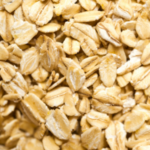

Whole grains include a variety of grains that are in their whole form. This is as opposed to refined grains, such as white rice and white flour. Whole grains are packed with fiber and protein. They also help with digestion. It is recommended to eat 3 or more servings of whole grains per day. Examples of these foods include:
- Whole wheat flour
- Brown rice
- Farro
- Rolled oats
- Whole grain tortillas
- Whole grain bread
- Buckwheat flour
- Quinoa
- Oat milk
- Oat flour
Fruits

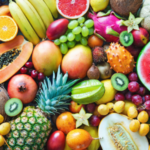

Fruits are recommended as part of a healthy diet. Fruits are packed with powerful antioxidants and are great for satisfying your sweet tooth. I enjoy fruit for breakfast, snack and dessert throughout the day. Dr. Greger recommends eating 3 servings of fruits per day. Examples of fruits include:
- Bananas
- Apples
- Peaches
- Mango
- Pineapple
- Papaya
- Orange
- Grapefruit
- Lemon
- Lime
- Kiwi
- Grapes
Leafy Greens

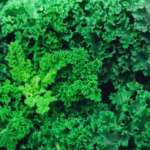

Leafy greens are an important part of a healthy diet. Leafy greens are full of fiber and powerful antioxidants. Not all leafy greens are in this category however. To qualify as a “leafy green” in this category they need to be hearty greens that are thick and fibrous. Dr. Greger recommends eating 2 servings of leafy greens per day. Examples of leafy greens include:
- Kale
- Collard Greens
Cruciferous Vegetables

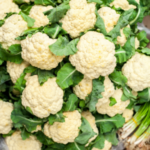

Cruciferous vegetables are delicious and an important part of a healthy diet. These include several very popular vegetables and have been classified in their own category because of their specific health benefits. Dr. Greger recommends consuming 1 serving of cruciferous vegetables per day. Here are several examples:
- Broccoli
- Cauliflower
- Cabbage
- Brussel Sprouts
Vegetables

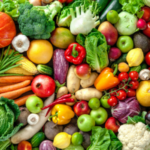

There are a large variety of foods that fall into the vegetable category. Basically, if they aren’t listed in any of the above categories you can assume they fall into the vegetable category. Dr. Greger recommends 2 servings of vegetables per day. Here are some examples:
- Garlic
- Onions
- Sweet Potatoes
- Bell Peppers
- Carrots
- Celery
- Romaine lettuce
- Spinach
- Fennel
- Red Onions
- Green Onions
Berries

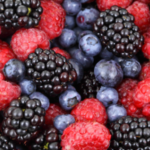

Berries are in their own category apart from fruits because they have very specific health benefits. Dr. Greger recommends 1 servings of berries per day. Here are some examples of berries which can be enjoyed fresh or frozen:
- Blueberries
- Strawberries
- Raspberries
Nuts

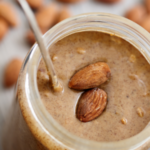

Nuts are packed with plant-based protein as well as fat. Dr. Greger recommends one serving of nuts per day. If you are trying to actively lose weight, it is recommended to limit intake of nuts. Here are some examples of nuts:
- Walnuts
- Brazil Nuts
- Cashews
- Pecans
- Hazelnuts
- Almonds
Seeds

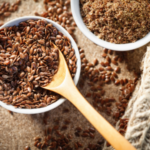

Seeds are packed with antioxidants, protein and fat. Dr. Greger recommends one serving of seeds per day. If you are trying to actively lose weight, it is recommended to limit intake of seeds. Here are some examples of seeds:
- Flax seeds
- Hemp seeds
- Sesame seeds
- Tahini sesame butter
Herbs & Spices

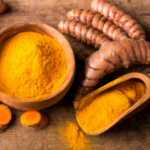

Herbs and spices are an important addition to our health as well as flavoring foods. Dr. Greger recommends 1 servings of herbs and spices per day. Here are some examples of these:
- Turmeric
- Ginger
- Cinnamon
Easy Vegan Meal Planner™
I created a useful four step template system to plan and track my Daily Dozen intake called the Easy Vegan Meal Planner™. You can download your copy and follow along as well.
Learn more about the Easy Vegan Meal Planner™ >



Here’s an easy to reference printable chart. Print this Daily Food Intake Checklist for easy reference. Store it in your recipe binder for easy access:
Daily Food Checklist
Shopping List
- 3 servings Legumes (beans, lentils, peas)
- 3 servings Whole Grains
- 3 servings Fruit
- 2 servings Leafy Greens
- 2 servings Vegetables
- 1 serving Berries
- 1 serving Cruciferous Vegetables
- 1 serving Seeds
- 1 serving Nuts
- 1 serving Herbs & Spices
- 60 ounces Water/Beverages
Notes
Serving portion approximate sizes:
- Legumes: 1/2 cup cooked legumes, tofu, tempeh; 1/4 cup legume dip
- Whole Grains: 1/4 cup dry grains; 1 piece bread, tortilla, or wrap
- Fruit: 1 medium piece; 1/4 cup dried
- Leafy Greens: 1 cup raw, 1/2 cup cooked
- Vegetables: 1 medium piece, 1/2 cup diced
- Berries: 1/2 cup fresh or 1/4 cup dried or frozen
- Cruciferous Vegetables: 1/2 cup chopped
- Seeds: 1 tablespoon, ground
- Nuts: 1/4 cup; 2 tablespoons nut butter
- Herbs & Spices: 1/4 tsp turmeric; any amount: garlic, ginger, basil, oregano, thyme, cayenne, and similar.
- Water/Beverage: About 8 cups.
What is a legume?
A legume is a bean, lentil or pea. Servings can be whole legumes, tofu, tempeh, pureed soups, dips, spreads, legume flour.What is a cruciferous vegetable?
Broccoli, cauliflower, and horseradish are examples of cruciferous vegetables.What is a leafy green?
Kale, chard, collard greens, cabbage, spinach, beet greens, dandelion greens, and arugula are examples of leafy greens.What is a vegetable?
A vegetable can be a root, tuber, or fruit vegetable such as carrots, tomatoes, beets, bell peppers, cucumber, zucchini, yellow squash, butternut squash, eggplant, and similar vegetables.Further reading:
- Daily intake checklist: Here’s what to eat every day
- How to ration food + printable 31-day food ration chart
Share this post on Pinterest:
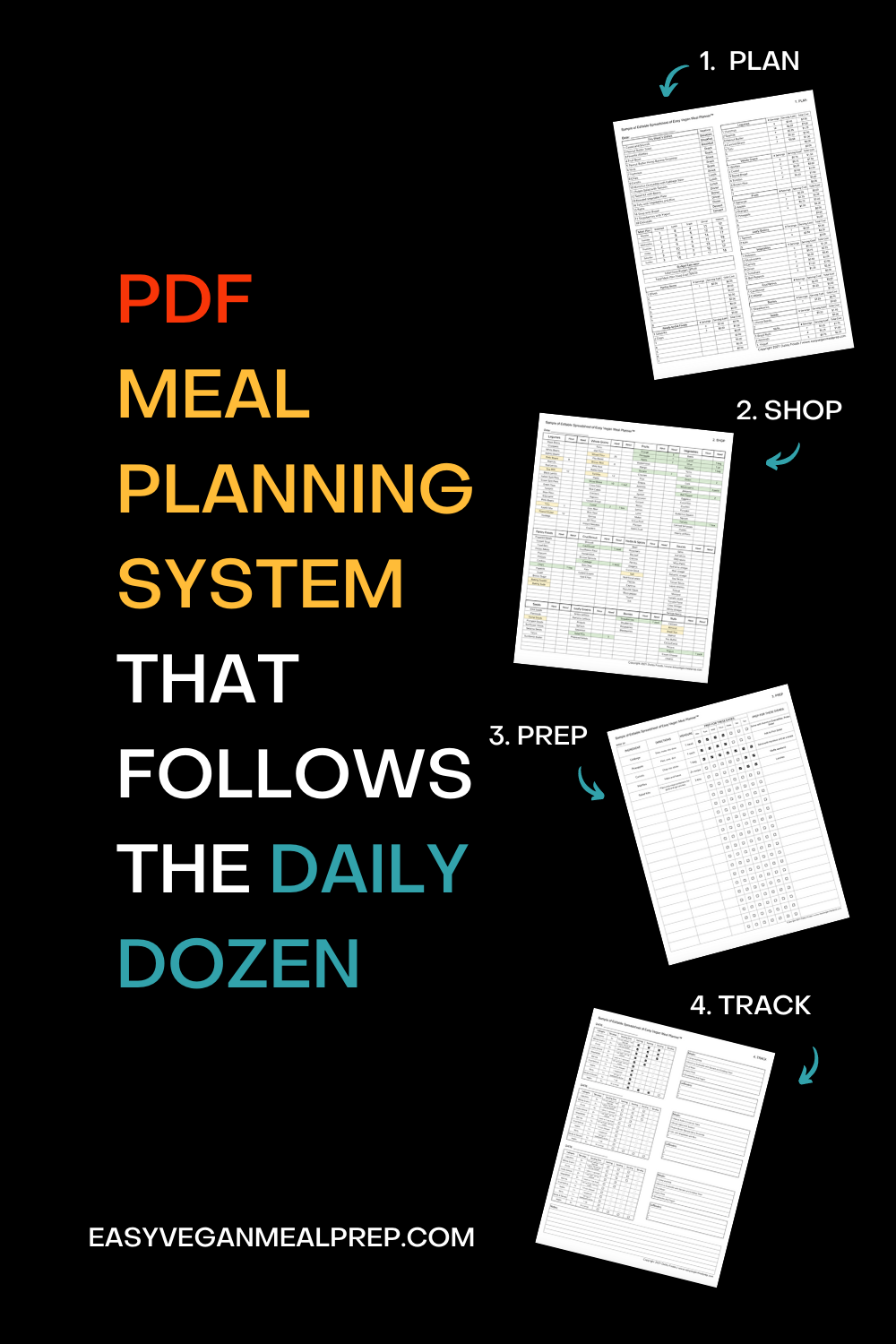



Follow the Daily Dozen with me – a low-fat, whole plant based meal plan



